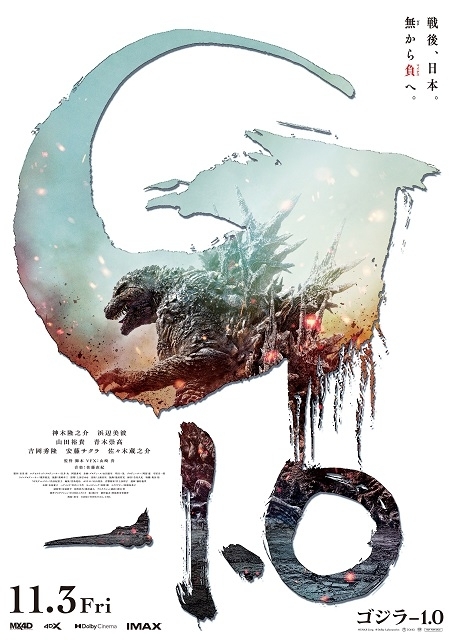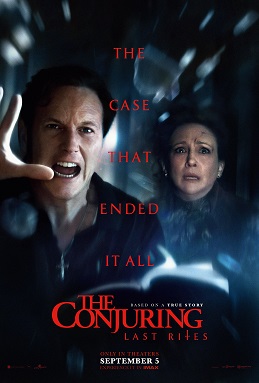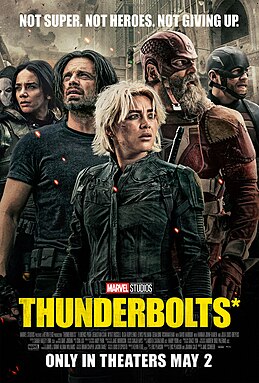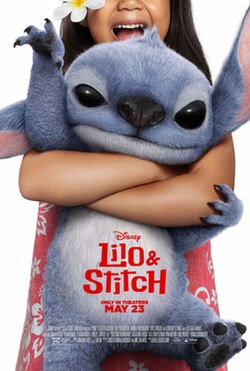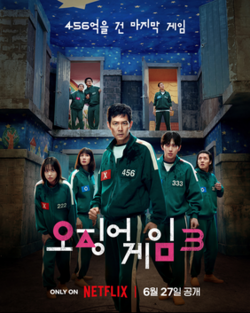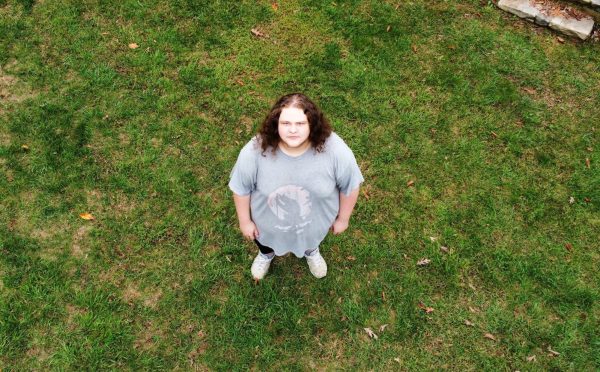“Godzilla Minus One” crushed every expectation that was set, quite possibly becoming the best “Godzilla” film to ever be released, and perfectly demonstrated the deep understanding and care that Toho Studios has for the franchise.
The “Godzilla” franchise has always been a mixed bag of quality, both on the American and Japanese sides, but Toho Studio’s current “Reiwa era” of live-action films is on track to be the best. It started off with the release of “Shin Godzilla,” a terrifying spin on the classic monster. Six years later, “Godzilla Minus One” was announced as the next live-action film in the era, specifically to commemorate the 70th anniversary of the franchise. This announcement had “Godzilla” fans on the edge of their seats, hopeful for something better than the American “MonsterVerse” films. This anticipation was rewarded, as “Godzilla Minus One” stomps any of the American “Godzilla” films by comparison.
While most of the American films focus on the spectacle of a giant monster destroying everything it can see, Toho Studios often looks at the franchise with a metaphorical lens. It’s well-known that the monster from “Godzilla (1954)” is supposed to represent nuclear weapons. This has become synonymous with the monster as a whole, but “Godzilla Minus One” flips this around, deciding to have the monster stand for something else: survivor’s guilt and PTSD. This is only possible due to the dubious design decision, which involved focusing less on the destruction of Godzilla, and instead focusing on a singular character and how his story relates to the monster.
Despite the film being entirely in Japanese, the subtitles don’t detract from the experience at all. The story follows Kōichi Shikishima, a cowardly kamikaze pilot who doesn’t follow through with his orders, instead retreating to a Japanese mechanic base. While there, Godzilla is introduced, and starts wreaking havoc. Despite having a clear shot, Shikishima is too scared to fire, leading him to blame himself for everything that the monster caused. The story follows him getting back on his feet as Japan is slowly rebuilding after World War II. Of course, right in the middle of the rebuilding process, Godzilla begins making moves towards the mainland of Japan. The story beautifully shows the anguish of Shikishima, as this monster seems to be haunting him at every turn, hence the heavy metaphorical connections to PTSD and survivor’s guilt.
The film stayed in theaters for nine weeks, despite only being intended to be shown for a week. The movie was an incredible success, shattering several records and gaining several awards. It is now the highest-grossing Japanese “Godzilla” film, beating out the 2016 film “Shin Godzilla,” and is the only film in the franchise to be nominated for an Academy Award. Unfortunately, Toho Studios currently has no plans to put the movie on any streaming services, and the film is not readily available. With this movie being added to Toho Studio’s repertoire, the Reiwa era is continuing its streak of incredible live-action success, and everyone should be looking forward to their next release in the franchise.

